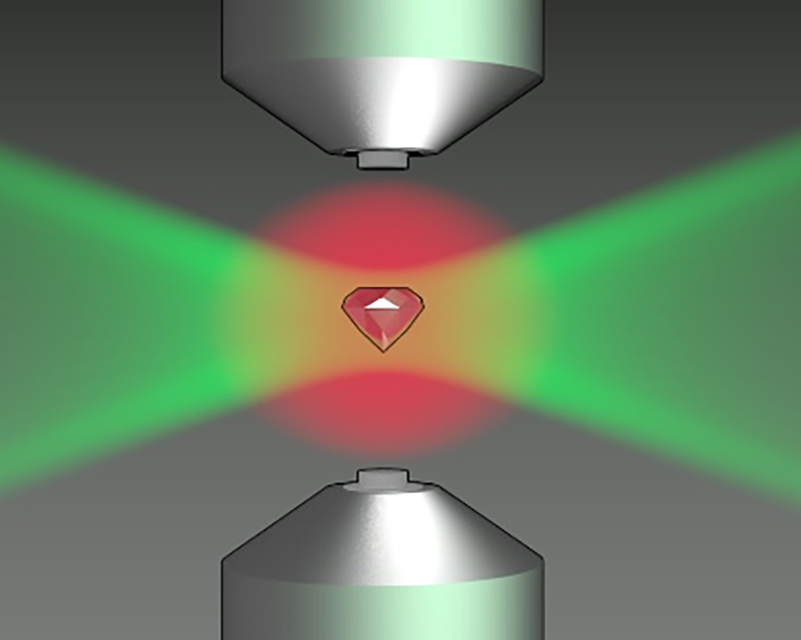Paul trap based levitation
In this project we use alternative levitation schemes avoiding high optical intensities, like in Paul or ABEL traps, to extend Levitodynamics to other materials such e.g. nanodiamonds containing internal degrees of freedom.

Motivation
Most levitation experiments successfully use optical tweezers to levitate a silica nanoparticle. Nevertheless, even for low absorbing materials like silica, the bulk temperature in vacuum can reach several hundred degrees due to light absorption. Eventually, this induces photodamage in objects with significantly higher absorption, as for instance particles with internal degrees of freedom, and prevents their optical levitation.
Combining macroscopic Paul traps with optical interrogation techniques gained in standard optical tweezer experiments opens up the possibility to levitate more interesting materials. We use a hybrid quadrupole-optical trapping scheme to levitate nanodiamonds with single NV emitter, which could offer a clear path towards the study of quantum phenomena at the macroscale. By using active feedback techniques, we achieve the levitation and excellent control of the particle dynamics even at moderate vacuum levels.
Research focus
- Developing and implementing novel chip based levitation techniques
- Implementig optimal Feedback techniques
- Enlarging the Levitodynamics toolbox towards absorbing materials